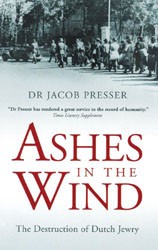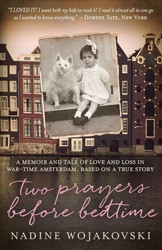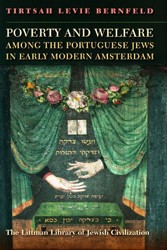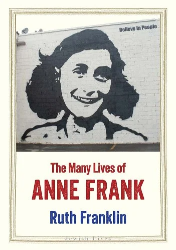Credited with saving the lives of countless Jews in World War II, German-Dutch Gertrude van Tijn (1891−1974) has also been accused, along with other members of the Jewish Council of Holland, of complicity with the Nazis. The moral ambiguity of van Tijn’s role is the focus of Wasserstein’s study; the details of van Tijn’s life — her loves, travels, feelings — are only included as needed. An educated, independent-minded feminist, van Tijn started working in Amsterdam during the Depression, coordinating social work for the Dutch Council of Jewish Women. With the rise of anti-Semitism in Germany, her work increasingly focused on resettling German- Jewish refugees in Holland, organizing visas, and raising travel funds. Before long, van Tijn and her co-workers were struggling to create exit strategies for hundreds of European Jews. This work ended when Holland itself came under Nazi control. Van Tijn and the Dutch Jewish Council were then ordered to work as administrative agents for the Nazis, at first to register Jews, but eventually to select Jews for transport to Westerbork, the Dutch transit camp. Wasserstein narrates the step-by-step Nazification of the Netherlands in painful detail, until, at the end, van Tijn herself was taken to Westerbork and then to Bergen-Belsen; as an “exchange Jew,” she was ultimately freed in Palestine. American readers raised on stories of ‘hidden’ Dutch Jews and heroic Dutch resistance may find Wasserstein’s account disturbing, especially as he questions the role played by van Tijn and other Jews vested by the Nazis with limited authority. If the Jewish Council had refused to facilitate the registration and removals of Jews, would more Jews have been beaten and killed, as the Council argued? If van Tijn and her co-workers had told people they were being transported to death camps and not to labor camps, would more have hidden or attempted escape? None of these questions are answerable, but they must be raised, and Wasserstein does it with great insight and sensitivity. Bibliography, index, maps, notes, photographs.
Related content:
Bettina Berch, author of the recent biography, From Hester Street to Hollywood: The Life and Work of Anzia Yezierska, teaches part-time at the Borough of Manhattan Community College.





